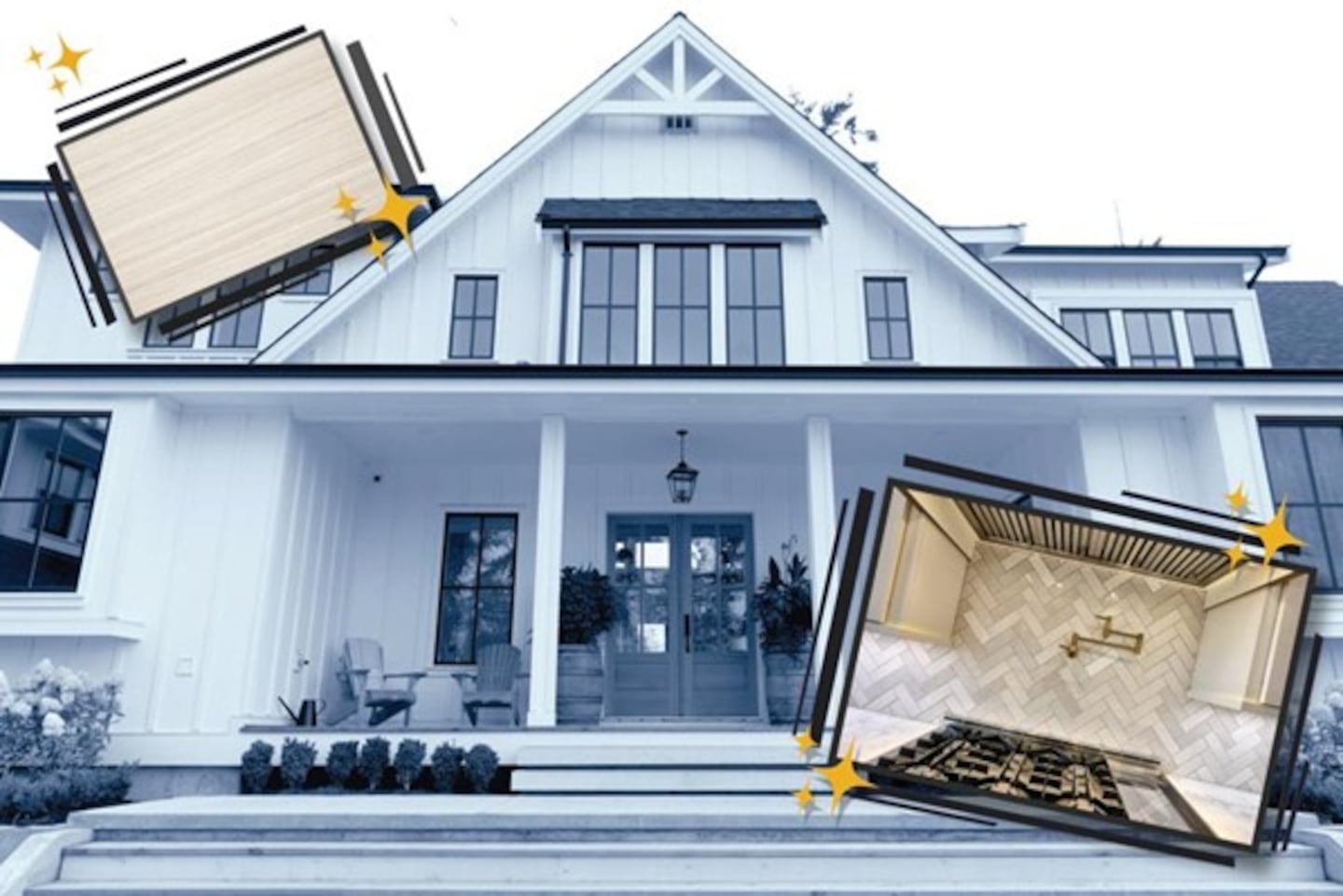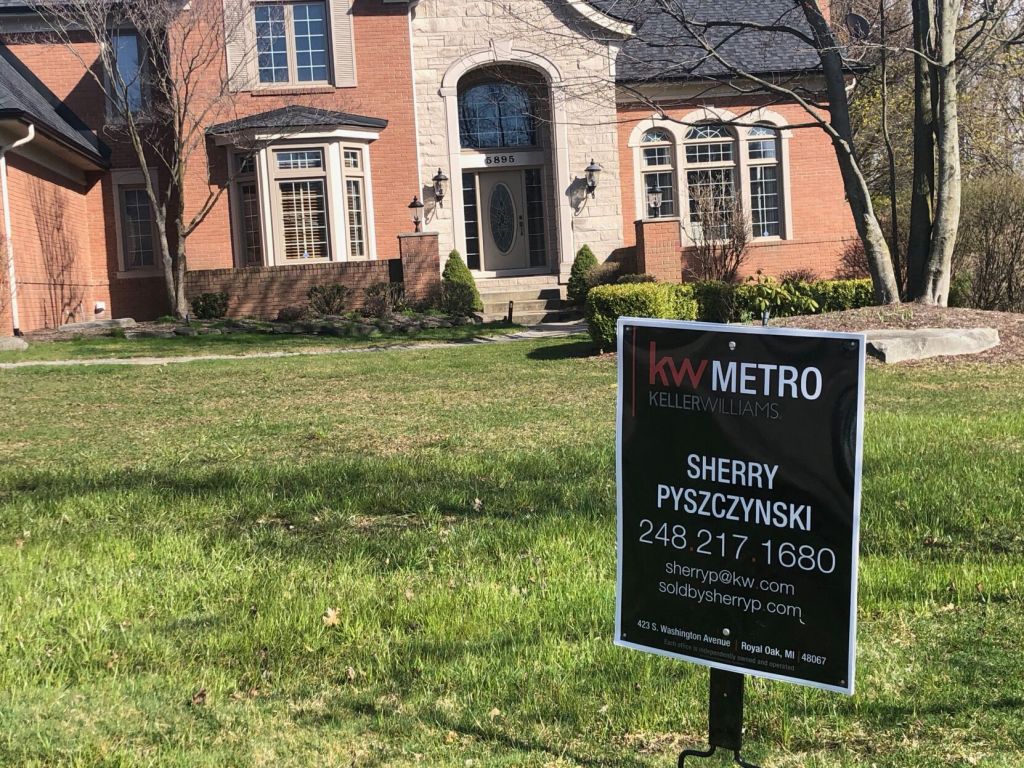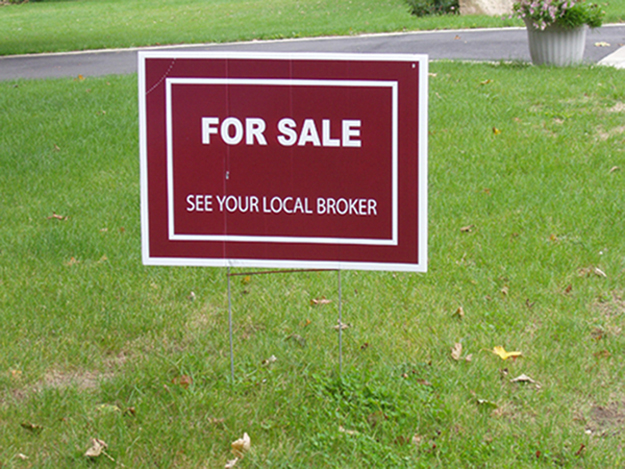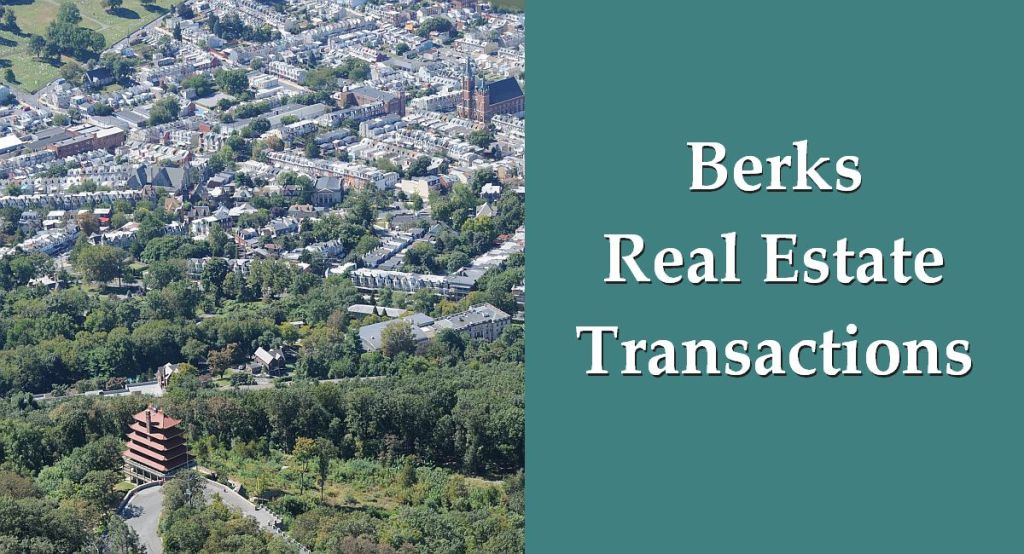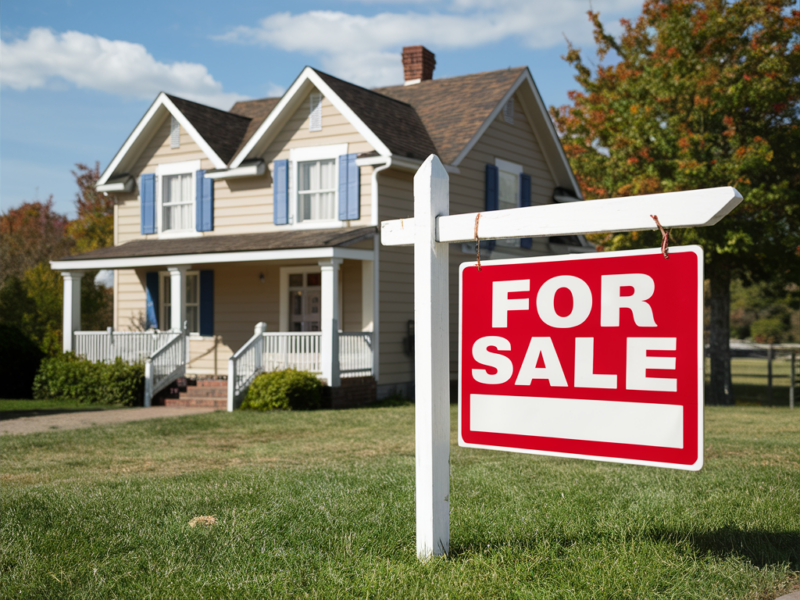Z
illow’s newest data shows the farmhouse trend isn’t extinct, but its appeal has dimmed. In 2016, a barn door could boost a listing by up to 13 percent, and “modern farmhouse” titles fetched a 10 percent premium in 2020. Today those premiums hover near 1 percent, says Amanda Pendleton, Zillow’s home‑trends analyst. “Homes still sell above market, but not at the heights we saw before,” she notes.
Modern buyers begin their search on their phones long before an open house. “If a listing doesn’t spark interest, they won’t show up,” Pendleton explains. Certain words instantly turn off buyers: Jacuzzi tubs, tile countertops, laminate—terms that signal dated style and costly updates. Conversely, white oak floors, soapstone counters, and even a pot filler carry weight, adding thousands to a sale price. Zillow’s data backs the idea that simple, high‑quality touches can lift value.
Pendleton calls this “organic modernism.” It blends natural, textured materials—white oak, Venetian plaster, soapstone—with a contemporary feel that feels warm rather than sterile. Wet rooms, fully waterproofed bathrooms with open shower areas at floor level, and outdoor showers or kitchens also nudge a home’s worth upward.
In Greater Boston, curb appeal still leans toward classic New England. Maggie Gold Seelig, a luxury broker, says buyers still appreciate a “Patrick Ahearn‑ish” exterior. Inside, the script has flipped. “People don’t want a center‑entrance Colonial with rooms you just pass by,” Seelig says. Dining rooms now double as offices or libraries, then transform into gathering spaces for holidays. The goal is practicality: use every square foot rather than dedicate rooms to formality.
Builder Cindy Stumpo, known for multimillion‑dollar projects in Brookline and Newton, reports clients favor open‑concept, contemporary spaces that feel “a little Miami, a little LA.” The farmhouse isn’t gone; it’s evolving. Rustic veneers have fallen flat, but there’s a demand for “warm modern”—open layouts softened with texture and glam touches.
Architects are less enthusiastic. David O’Sullivan, president of O’Sullivan Architects, says the farmhouse is waning. “Designers feel the style has been overdone and lacks variety,” he says. Infill projects tend toward contemporary design because it’s more cost‑efficient; traditional Boston brick can exceed budgets. Zoning and design‑review boards also influence choices, as larger lot sizes force builders to scale up to stay profitable.
Beyond aesthetics, buyers focus on fundamentals: staying on budget, having air conditioning, and incorporating at least one smart‑home feature—thermostat, lights, or security system. Durability and climate resilience are increasingly important. A home that promises easy living carries as much weight as one with white oak floors.
Social media also shapes taste. Zillow research shows over a third of buyers use platforms like Instagram during their search, not just to view listings but to absorb current styles and builder reputations. The HGTV effect is amplified: repeated exposure to curved sofas or plaster walls turns them into default expectations.
The New England market is remixing its iconic styles. Buyers may still desire a dignified Colonial façade, but inside, formality gives way to flexible rooms, natural textures, and outdoor spaces that feel like real living areas. Shiplap and sliding barn doors may still appear, but the market rewards a different set of signals.
For sellers, the takeaway is clear: emphasize contemporary materials and layouts that feel livable, rather than clinging to past trends. For buyers, recognize that a classic curb can hide a 2025 interior—open, textured, and designed for everyday life. The modern farmhouse isn’t out of the picture, but in New England it’s no longer the sole style on the market.
